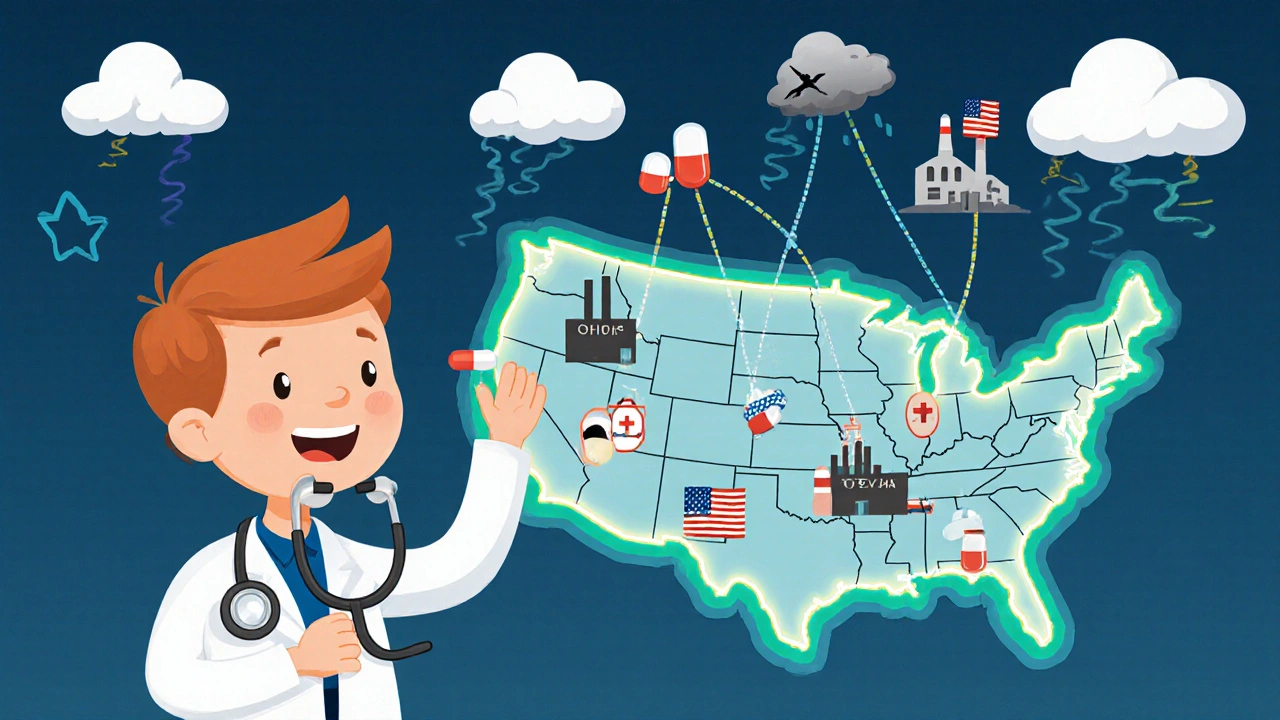FDA drug shortages
When the FDA drug shortages, officially declared gaps in the supply of critical medications approved by the U.S. Food and Drug Administration. Also known as pharmaceutical supply disruptions, these shortages aren’t just inconveniences—they can delay cancer treatments, leave diabetics without insulin, or force hospitals to use riskier alternatives. This isn’t a rare glitch. Over 300 drugs were on the FDA’s shortage list in 2023 alone, and many of them are generics you’ve taken for years—like amoxicillin, levetiracetam, or metoclopramide.
These shortages don’t happen because no one’s making the drug. They happen because the system is built to squeeze profits, not ensure access. A single supplier might control 80% of the market for a cheap generic, and if their factory fails an inspection or runs out of raw materials, there’s no backup. The FDA tracks these issues, but it can’t force companies to make more. Meanwhile, generic drug shortages, the most common type of medication shortage in the U.S., often involving drugs with low profit margins are tied to pharmaceutical supply, the complex network of manufacturers, raw material suppliers, and distributors that keep medicines flowing. When one link breaks—say, a sterile injectable plant in India gets shut down for contamination—the ripple hits U.S. hospitals within weeks.
And it’s not just about quantity. The quality of the supply chain matters too. Cleanroom standards, GMP compliance, and even how a company handles its raw materials can make the difference between a safe drug and a recalled batch. That’s why you’ll find posts here on how cleanrooms protect generic drug quality, how PBMs manipulate pricing, and why doctors sometimes don’t trust generics—even when they’re legally identical. These aren’t random topics. They’re all connected to the same broken system.
If you’re on a medication that suddenly disappears, you’re not alone. Thousands of patients face this every year. Some switch to alternatives like domperidone instead of Reglan, or try different basal insulins when glargine runs out. Others learn to use copay cards wisely, or track ferritin levels because low iron can mimic or worsen symptoms when their RLS meds aren’t available. The posts below don’t just list options—they show you how to think through these moments, what questions to ask your pharmacist, and how to spot when a shortage is about to hit before your prescription runs out.
FDA Generic Approval Changes 2023-2025: What Manufacturers and Patients Need to Know
The FDA's 2023-2025 changes to generic drug approval prioritize U.S.-made medications to prevent shortages. Learn how the new pilot program works, who benefits, and what it means for drug prices and availability.
View More
